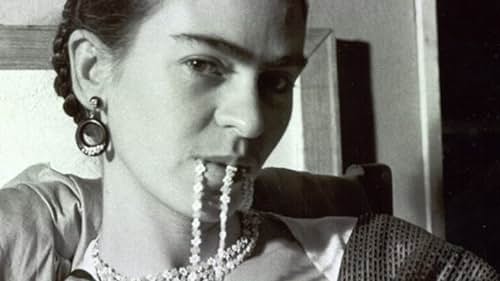Carla Gutiérrez’s new documentary, “Frida,” showcased at the Sundance Film Festival, promised to provide fresh insights into the life of the iconic Mexican artist Frida Kahlo. However, according to Artnews, as the film takes centre stage, it becomes apparent that it falls short of delivering a groundbreaking perspective, merely retelling the familiar narrative without offering substantial new material.
Frida’s Complex Legacy: Beyond the Fame
Carolina A. Miranda, in her 2014 article, “Saving Frida Kahlo From Her Own Celebrity,” highlights the challenge of reconciling Kahlo’s complex legacy. The film, unfortunately, adheres to the well-trodden path, failing to delve into the intricacies of Kahlo’s life and art that go beyond the surface-level Fridamania.
Missing Expert Perspectives: A Critical Oversight
Gutiérrez claims to have immersed herself in Kahlo’s archives, reading diaries and colorising photos. However, the absence of expert voices in the documentary is a glaring omission. Kahlo’s story demands critique and analysis, and the film falls short by not incorporating scholarly insights.
Contextualising Kahlo in Post-Revolution Mexico
Understanding Kahlo requires placing her within the context of post-Revolution Mexico. Born in 1907, her redating of birth to align with the Revolution’s onset holds significant historical and cultural importance. Regrettably, the film neglects to explore Kahlo’s commitment to the cause of a new Mexico, overshadowed by her association with Diego Rivera.
The Evolution of Self-Fashioning: A Missed Exploration
A prominent theme in “Frida” is Kahlo’s self-fashioning, from her butch attire during medical school to adopting Tehuana dresses upon marrying Rivera. However, the film fails to delve into the political implications of her choices, such as the appropriation of Tehuana culture in 1930s Mexico, lacking a critical examination of its historical and social context.
Political Ambiguities: Gaps in Kahlo’s Activism
The documentary touches on Kahlo’s political affiliations, including her Communist Party membership and involvement in granting asylum to Leon Trotsky. However, it provides scant details, missing an opportunity to explore the intricacies of Kahlo’s politics and her relationships with prominent figures like Trotsky.
Contradictions and Ambiguities: Kahlo’s Time in the United States
Kahlo’s stint in the United States with Rivera during 1931-1933 remains stylistically ambitious, as highlighted in the film. However, Gutiérrez fails to address the contradictions of a Communist artist collaborating with wealthy patrons, leaving unexplored the tensions between Kahlo’s political beliefs and her artistic choices.
Death as Metaphor: A Superficial Examination
The documentary concludes by turning Kahlo’s death into a metaphor using “The Wounded Deer” (1946). Gutiérrez’s animation, removing the arrows, seems to symbolize liberation. However, this approach reduces Kahlo to a clichéd trope of the tortured artist, overlooking the opportunity to critically examine the relationship between her health struggles and artistic expression.
Conclusion: A Missed Opportunity for Deeper Understanding
While “Frida” succeeds in portraying the well-known facets of Kahlo’s life, it falls short of unraveling the layers that demand a more critical exploration. Gutiérrez’s documentary, despite its noble intentions, misses the chance to present Kahlo’s complexities, leaving viewers with a rehashed version of what they already know, rather than what they should know.
Feature Image Courtesy: Imdb





